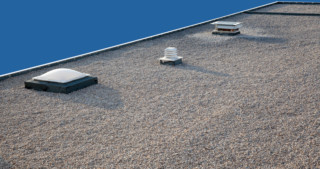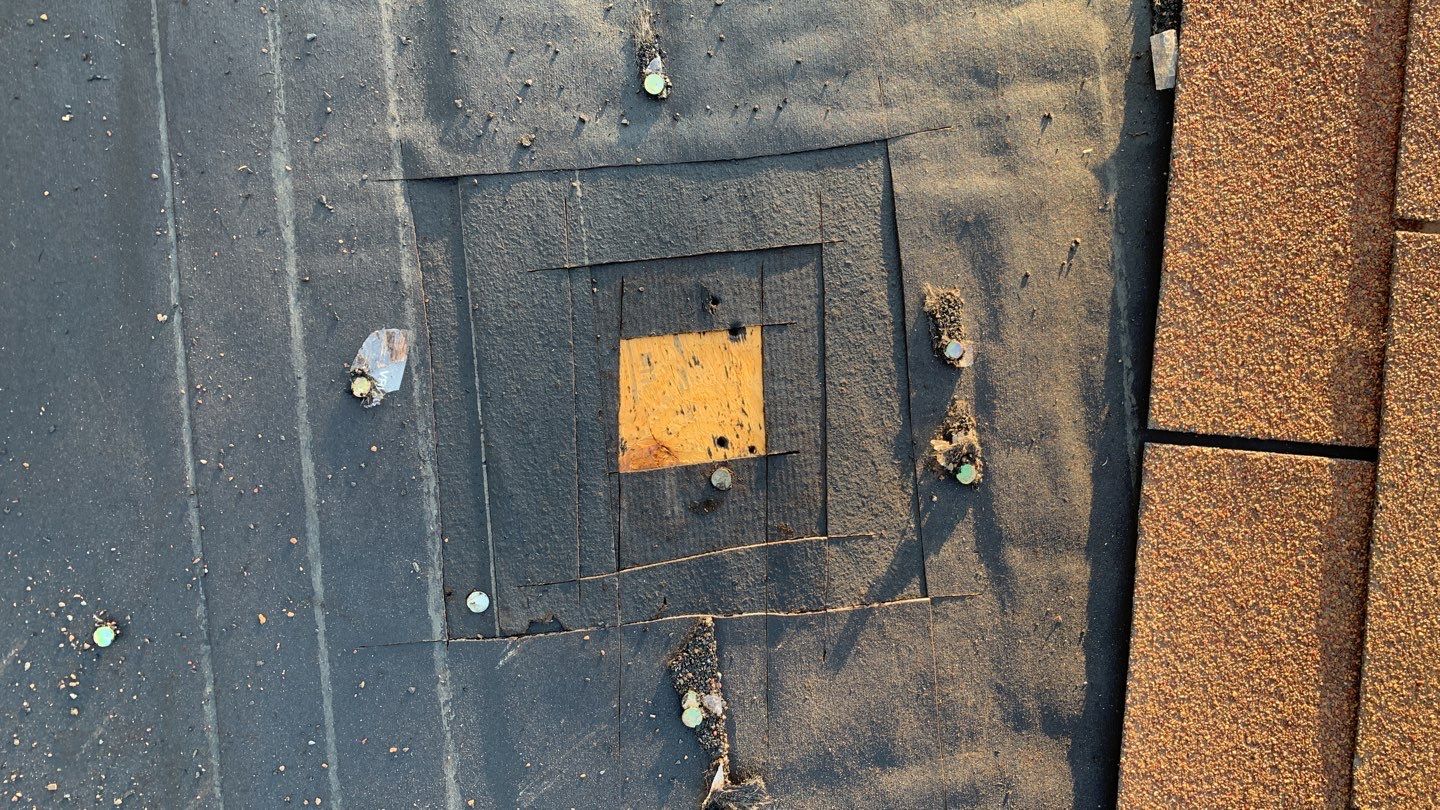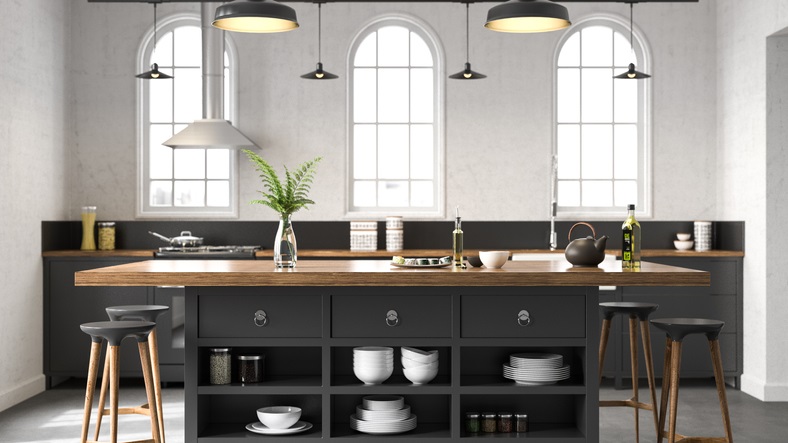Do you ever drive through a commercial area and wonder what a flat roof is made of? The slope of your roof can dictate the type of roofing material that can be applied to your home or commercial building, luckily the professionals at West Construction Group have the knowledge to help you with all your residential and commercial roof needs. While the roofing material that is used is important, the workmanship will always be the most critical component in keeping a home or industrial building watertight.
Different Types of Flat Roof
Tar and Gravel or “ Built Up Roofing”-The most common material for a flat roof is tar and gravel, we see this when we drive by industrial roofs everyday. But a flat roof isn’t just a flat roof, these roofs still have a slight pitch to allow water to run off. These industrial roofs consist of alternating layers of a heavy roofing felt and hot tar then layered with pea gravel or mica. The process is repeated until 3-5 layers have been applied, tar and gravel is most appropriate on flat roofs. Pea gravel is applied to the mopped on tar as a protectant from deteriorating UV rays. A building that has a tar and gravel roof will need to have the foundation and structural support required to withstand the weight.
Different Layers of a Tar and Gravel Roof
-Steel Deck
-Fasteners and Plates
-Asphalt
-Perlite Cover Board
-3 Inter Plies
-Asphalt
-Pea Gravel Ballast
EPDM Rubber-The full name of this material is a mouthful but EPDM stands for ethylene propylene diene monomer, it is also known as single-ply rubberized roof. EDPM is extremely durable synthetic rubber roofing membrane and is made up of two ingredients come from natural gas and oil. Unlike tar and gravel, EPDM does not require a mineral coating and is lighter than tar and gravel. Because of its light weight and UV resistance EPDM is becoming more popular to use on residential roofs. EPDM roofs can be made in black or white and is available by the foot with varied thicknesses. EPDM roofing material is very tolerant to extreme weather conditions and is resistant to hail impact, thermal shock and and is durable in intense hot or cold temperatures.
The installation process varies from building to building but there are three possible ways a professional roofer could install an EPDM roof; adhered, ballasted or the most common method-mechanically attached. Ballasted EPDM roof systems is held in place by concrete pavers and laid over insulation; all three types of EPDM roof systems have a lifespan of 25-30 years.
Modified Bitumen Roof– A modified bitumen roof is similar to a tar and gravel roof and is composed of two ply’s of asphalt; a cap sheet and a base sheet. The asphalt rolls on a modified bitumen roof can be applied four different ways.
- Peel and Stick. The base sheet will adhere to the cap sheet when a release tape is removed.
- Hot Applied. Applied with hot tar.
- Torch applied. A hot torch uses an open flame melts the asphalt sheets together.
- Solvent bonded. Cold solvent is applied to adhere the two sheets together.
TPO Roof– The TPO roof was introduced in the early 1990s and has gained popularity due to its energy efficiency, this type of flat roof is composed of a single ply roofing membrane. This membrane offers welded seams and comes in white, gray, tan, and black. TPO is also known as thermoplastic polyolefin and is a reflective roofing material reinforced with a scrim. Because TPO is a lightweight and flexible roofing material it is also a good option for residential roofs that are flat. While the reflective nature of this roofing material makes it an energy efficient option the fillers added to TPO are not necessarily beneficial to the environment, this can include rubber, talc, fiberglass, carbon fiber or wollastonite. The installation process is usually simpler than all other flat roof materials and light weight, this means less work time needed and budget friendly than other flat roof materials.
The Layers of a TPO Roof
TPO Polymer Base
Thermoplastic Polyolefin Compounded Pinnacle Ply
Polyester Reinforced Scrim
Silicone Spray Coating- A silicone coating or “restoration membrane” is seen as a costly luxury amongst all other commercial roofing materials and can be applied in various thicknesses. The coating can be applied to tar and gravel roofs, metal roofs, TPO, and modified bitumen roof systems. While no primer is needed for the installation of a silicone spray coating this material does offer a benefit of creating high reflectivity and additional protection from the harsh sun rays. This coating can be sprayed on or rolled on, when it is rolled on it is similar to the process of using a roller to apply paint and the spray process requires more expensive specialized equipment and training for the workers applying it. The silicone spray coating offers a smooth finish that is mildew, algae, and stain resistant and is ideal to use on flat roofs or on a sloped roof.
Each roof will require an individual approach to the material used while roofing, this information will give insight and provide understanding when inquiring with a roofer. For a more detailed analysis of how your DFW flat roof can be a improved call West Construction Group at 972-730-2594








EPDM roofing is one excellent option for any building with a flat roof. EPDM roofs are made out of a synthetic rubber called ethylene propylene diene monomer that is very durable and able to deal with the challenges of being placed on a flat roof. EPDM roofs can deal with various weather conditions. They can also make a building more energy-efficient than it would be otherwise.